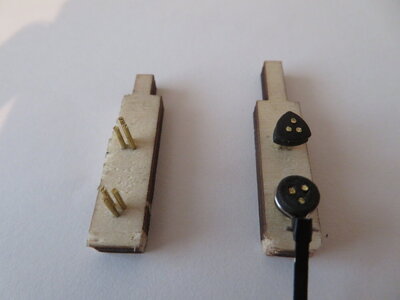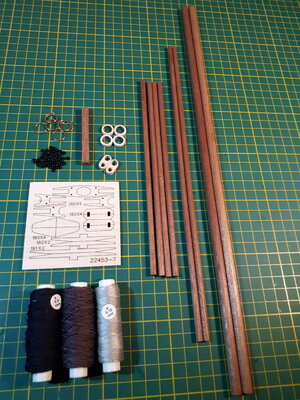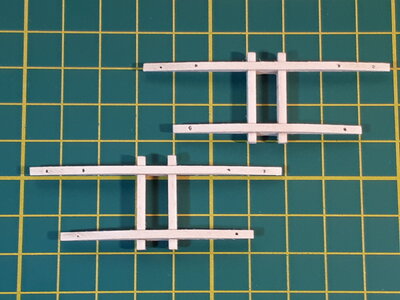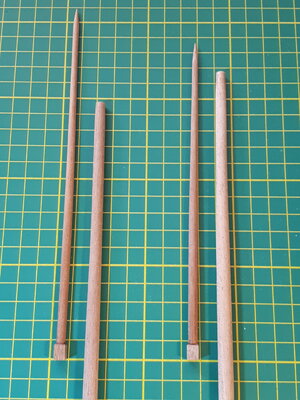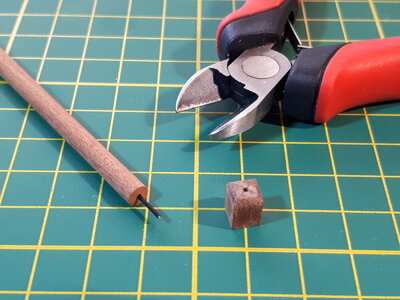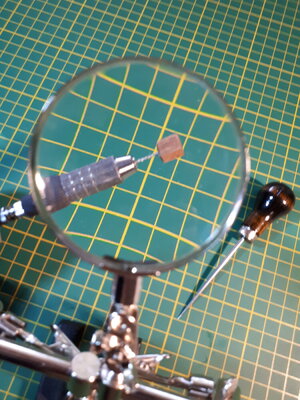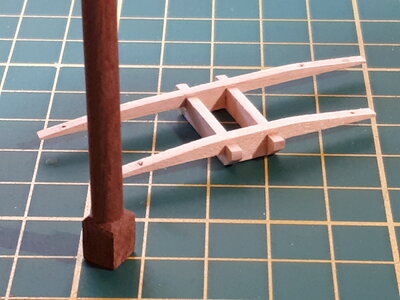Hi. I somewhat agree with Mastinis's comments about the rigging, it is the most difficult part of the build on a model sail ship. Simplifying the rigging does make life a lot easier and it doesn't really degrade the look of the model. I decided to go all-in (OCD?, definitely!), but it did take me quite some time researching and drawing up a rigging plan based on pictures and references so that I could do a full rig. The down side is that I have spent the last 7 weeks going very cross-eyed rigging the model. Rigging the masts off the ship as much as possible is a good idea. Once the rigging is on the ship, you need to be so careful not to snag or cross the lines. One thing I found was that the belays behind the dead-eyes are too thick and tall and need to be trimmed down otherwise you will find that the deadeyes will push against them and will not sit correctly when you tie the shrouds. I hope you decide to make some new sails for the model, I'm certainly glad that I did. I really did not like the ones that came in the kit. For me the sails were one of the reasons I wanted to do the BN. Being so prominent they really add the "wow" factor to the model. I found making a new set not to be that difficult to do. Once I had worked out all the sizes and angles I needed for each sail it only took me 3 evenings to mark-up, cut and sew all the sails - which as things go was really quick. I found some nice cloth from my local haberdashers which worked very well (a little on the thicker side than I would have liked but perfectly OK) or, you can easily buy sail cloth from model suppliers.
I will post some pictures of my build in the next day or so and also include a little post build review.
Hello Domcee, Nomad,
Having recently done the rigging and sail install on a Bluenose myself, I found it was more time consuming than difficult. Let me explain. To me the standing rigging, shrouds and stays, is rather straightforward, the ratlines is the worrying part in that it takes forever to complete and yes, you have to be careful not to clip shrouds or stays (personal experience). I had to redo some shrouds, because the distance between the deadeyes was not uniform and I also redid several lanyards, because the rope I used was fluffy.
The bowsprit was first to receive it's rigging, followed by the foremast and concluded by the main mast.
For my model I had to use the standing rigging to align the masts and keep them fixated, since the mast holes were just a tad oversized. That was the most complex issue I had to deal with for the standing rigging.
For the running rigging I used the method of one sail at the time, working from bow to stern and from the deck to the top. For the belaying of all running rigging I mainly used the Billing Boats plans, but for the odd rope I had to improvise (AL-FI).
For whatever rigging I was dealing with, I kept in mind what purpose any rope had; was it for hoisting or lowering the sail, or for setting the sail. During my build I discovered that not all rigging was present on my model, for instance the rigging to hoist the dories (and fishbaskets) is missing. I considered to add this rigging, but in the end decided against it because at that point in time I decided it was not adding value to the model. My next build will be a POF Bluenose, I'll possibly reconsider that decision for this build.
Crossing lines is a valid worry and since most plans are vague at best, you almost certain will have to perform some rerouting of some lines. As long as ropes haven't been fixed with a drop of glue, no worries! And otherwise a pair of scissors work wonders.
Currently I'm following a number of builds of 17th, 18th century ships. Whenever I take a look at the amount and complexity of the rigging of those ships, I feel utterly and completely out of my league.
Back to the Bluenose, yes, it has a substantial amount of rigging, but if you're able to understand the function of each and every piece of rigging, it becomes a lot easier to stomach (but unfortunately no less time consuming).
So take a day or two to face your anxiety and than just go for it, this journey is definitely worth it's goal!
Johan
PS I pre-installed both the main- and the fore sails to the masts, booms and gaffs, because I assumed accessibility issues later on. I still think it was a good idea, but maybe next time I'll forego on the sail-to-mast attachment, since I did encounter accessibility issues later on in the build, and yes, that was because of the pre-installed sails. Recently I added furled sails to a model of the Scottish Maid and that turned out to be a royal pain in some of the more sensitive areas of the human anatomy...
Sails to booms and gaffs may be your best bet.







